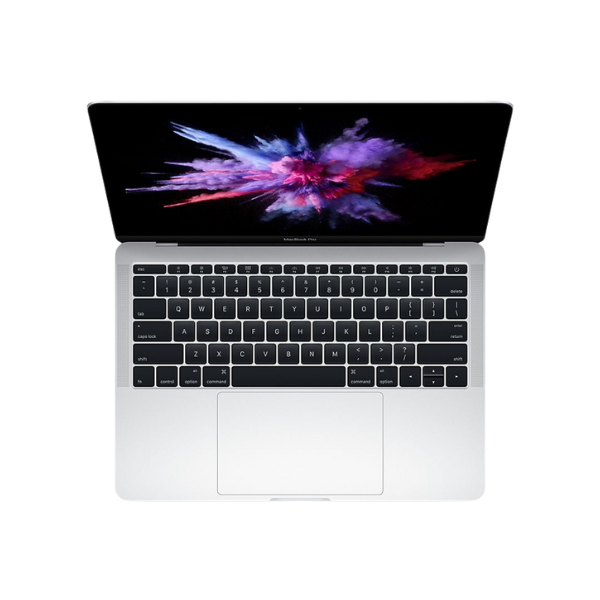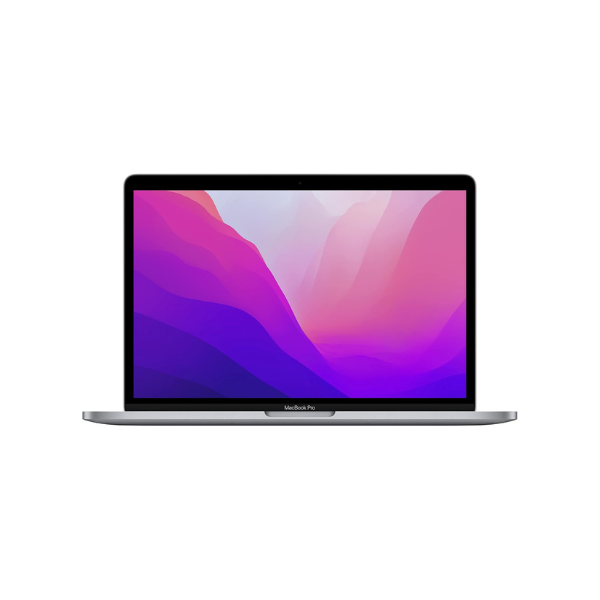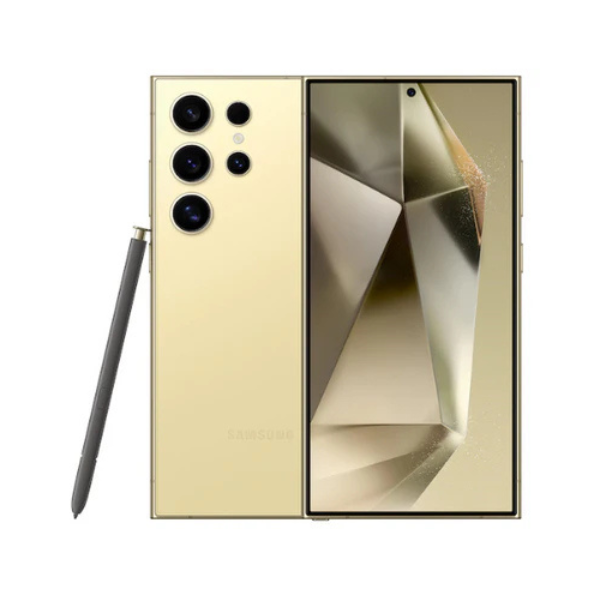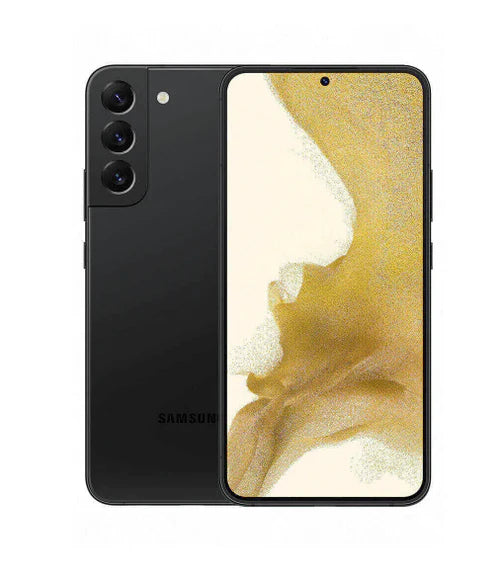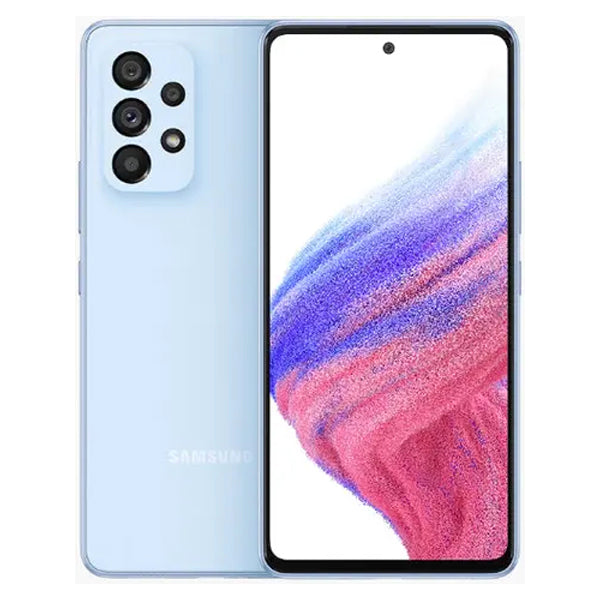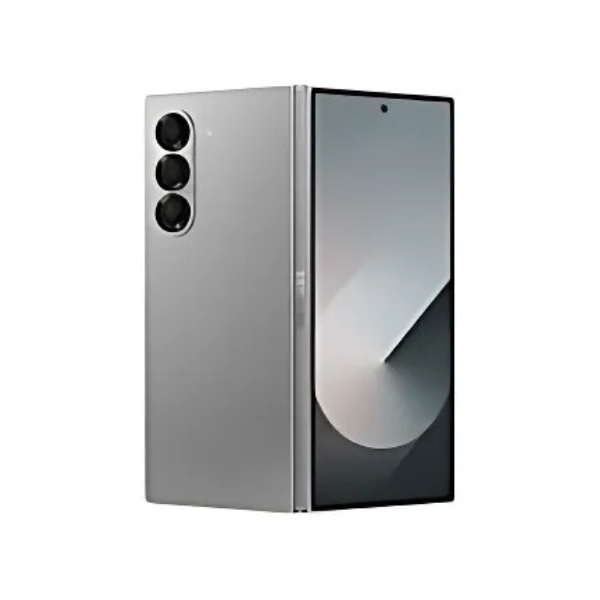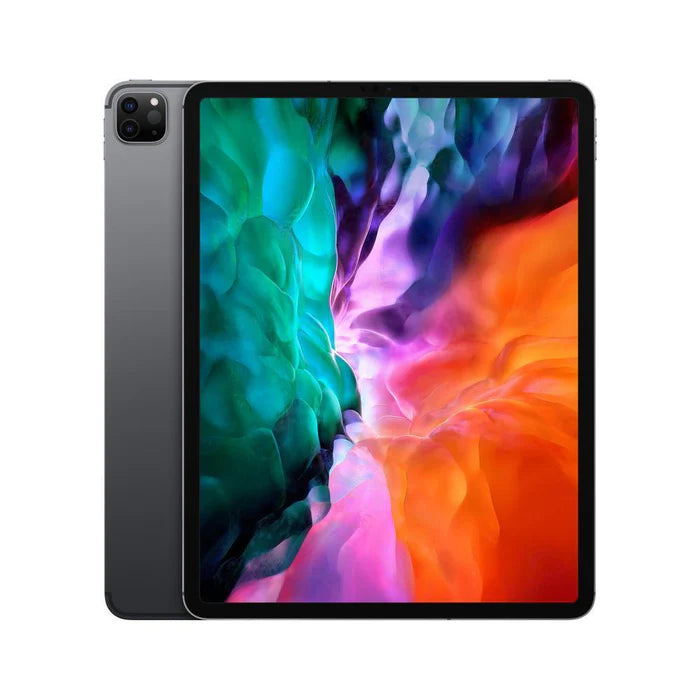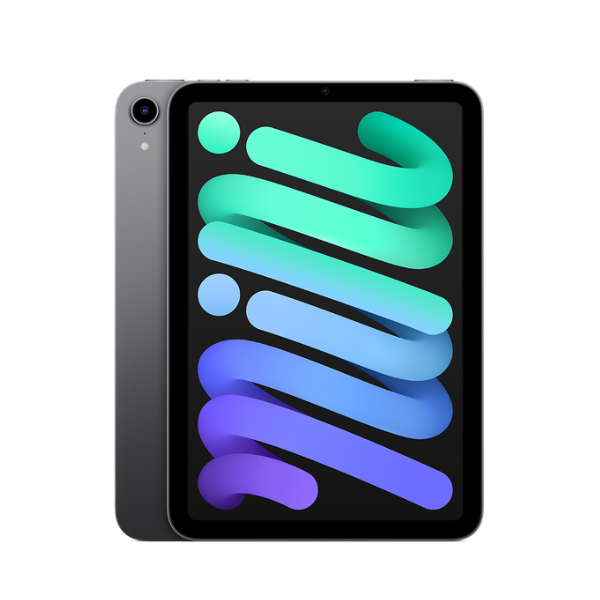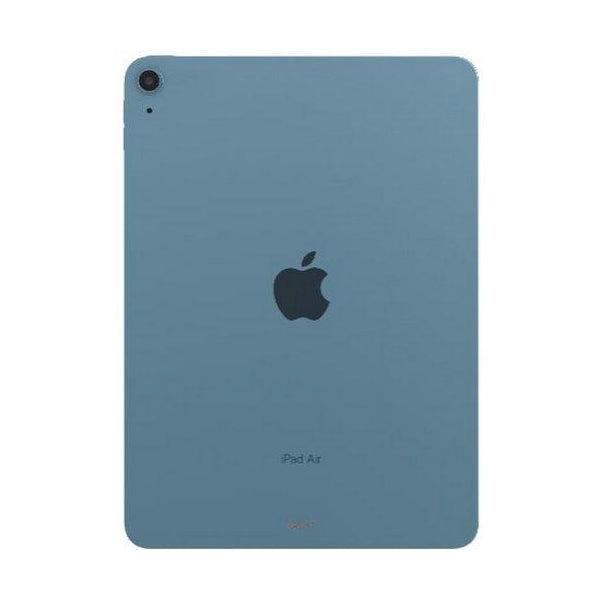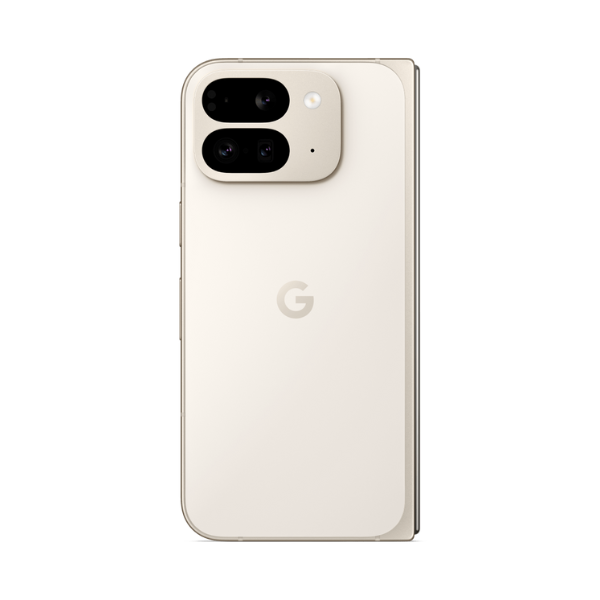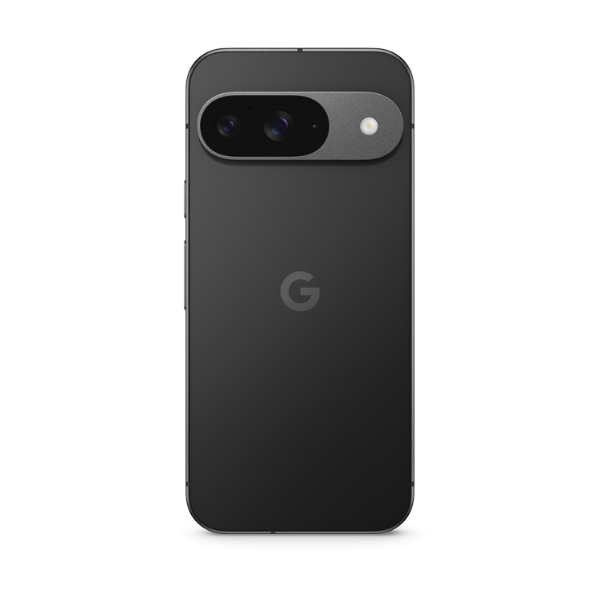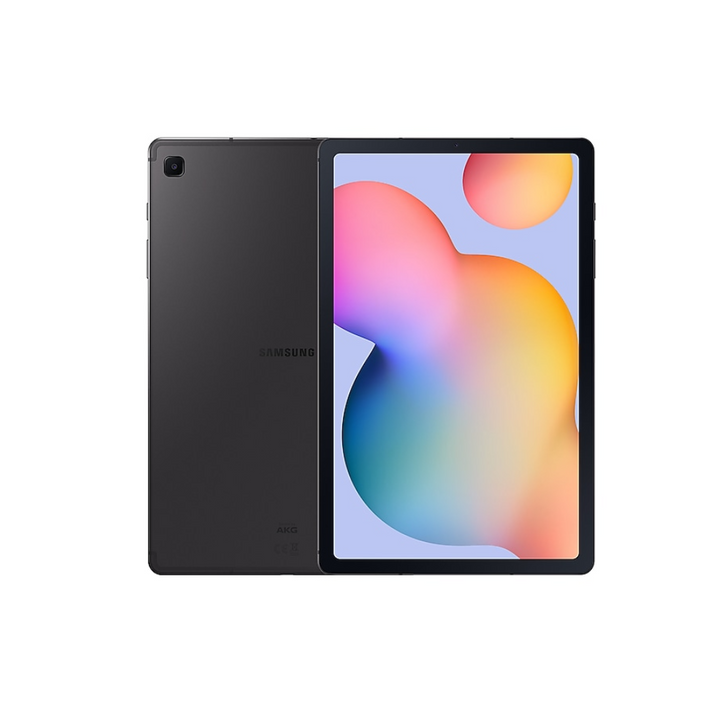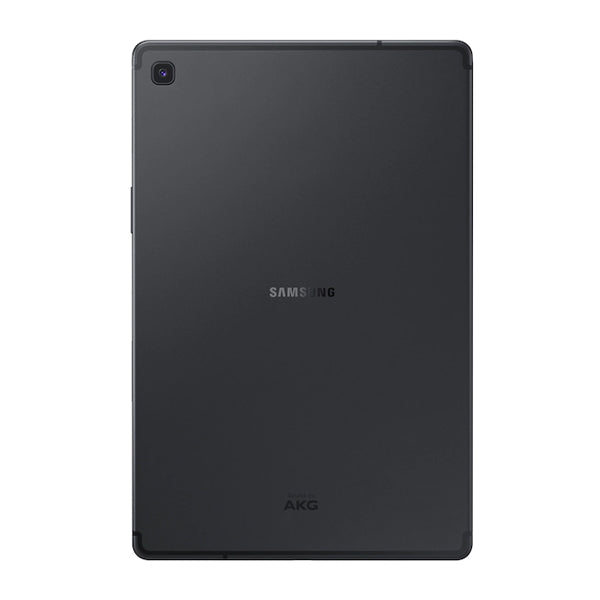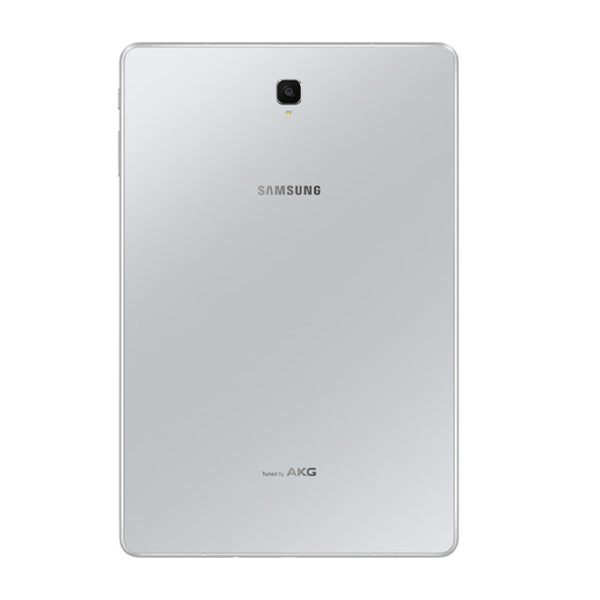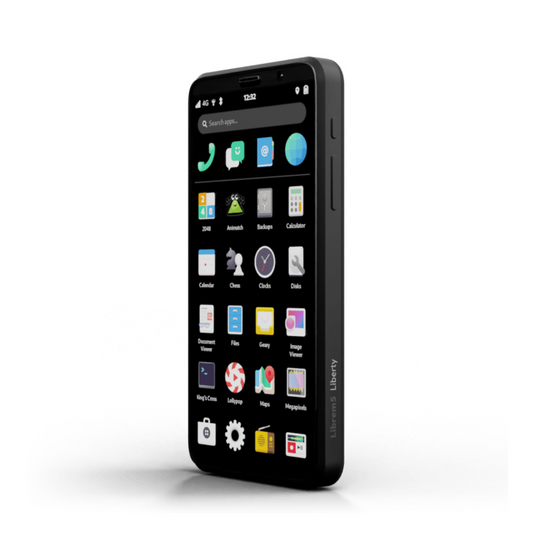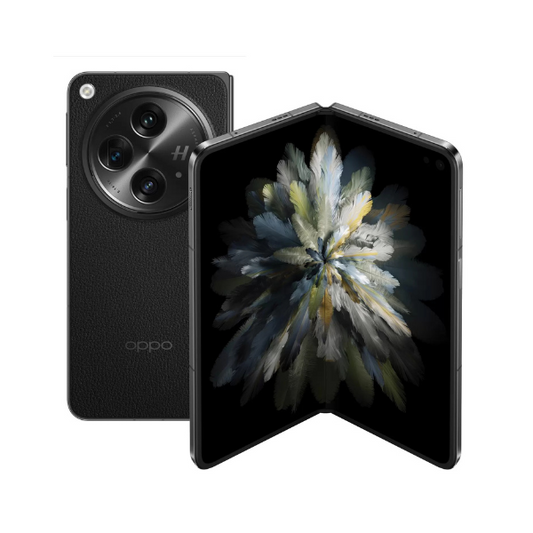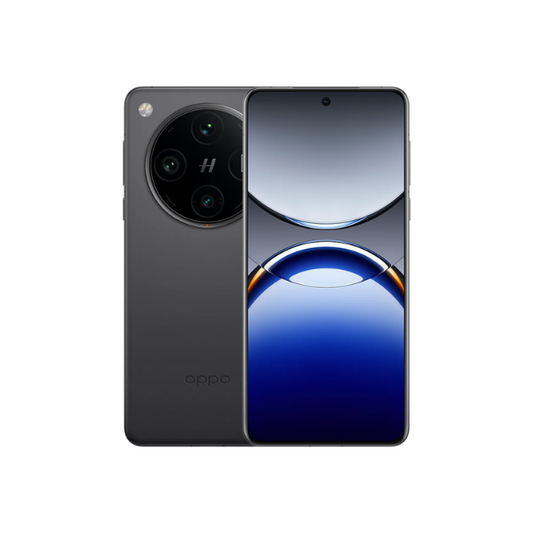The difference between the powerful iPhone 13 and the advanced iPhone 14 is not as big of a change as a full redesign. There are subtle improvements that may influence your buying decision. In Australia, users can notice slight improvements in performance, battery, and camera features. The iPhone 14 also adds crash detection and better thermal efficiency. Both phones support iOS 17 and offer long-term value. Let us explore the complete details about these items.
What Are the Specifications Differences Between iPhone 13 vs 14?
iPhone 13 and iPhone 14 look nearly identical in design, including their size, buttons, and display. Inside, the differences begin. Both iPhone models run on the A15 Bionic chip, but the iPhone 14 includes a 5-core GPU compared to the 4-core GPU in iPhone 13, offering slightly better graphics for games and apps. The iPhone 14 also has 6GB RAM versus 4GB in iPhone 13, which helps it run more apps at once more smoothly, especially over time.
Which iPhone Is Faster for Everyday Use Between iPhone 13 & iPhone 14?
For everyday tasks, each phone delivers fast performance without lag or delay. The iPhone 13 handles daily activities like browsing and social apps easily, while the iPhone 14 does the same with better efficiency in some cases. In speed tests, the iPhone 14 gets a slightly higher score because it runs cooler and has better graphics. The iPhone 13 also performs well, but the iPhone 14 runs heavy apps and games a little more smoothly.
For normal use like calling, texting, or using the internet, both feel the same. The iPhone 14 has a 5-core GPU, which helps in graphic heavy tasks. The difference is small but noticeable during gaming. You can find many refurbished iPhones that give you smooth performance at a better price.
Camera Difference Between iPhone 13 vs iPhone 14
The iPhone 14 camera setup brings some good changes over the iPhone 13, especially for low-light photos and videos. Apple added the Photonic Engine to help all cameras take better shots in darker places. The main camera has a bigger sensor and allows more light, so night photos look clearer. The front camera now has autofocus, so selfies are sharper and better focused.
The iPhone 14 also includes Action Mode, which keeps videos steady even when you are moving. These changes make a small but helpful difference. You can check different Apple models to compare what fits your needs best.
How Much Battery Life Difference Is There Between iPhone 13 vs 14 for Daily Use
The iPhone 14 lasts a little longer than the iPhone 13 in everyday use, especially when watching videos or listening to music. It can play videos for up to 20 hours, while the iPhone 13 lasts around 19 hours. For video streaming, the iPhone 14 gives about 16 hours, and the iPhone 13 offers 15 hours. In audio playback, the iPhone 14 goes up to 80 hours, compared to 75 on the iPhone 13.
These are small changes, but they can help if you use your phone a lot. Even though both phones easily last a full day, the iPhone 14 may feel a bit more reliable for long use. Many users also consider older models like the reliable iPhone 12, or choose cost-effective options such as the refurbished phones.
What iOS Features and Updates Do You Get in iPhone 13 vs 14
The iPhone 13 was released with iOS 15, while the iPhone 14 came with iOS 16. Now, both phones are running iOS 18. You can use useful features like lock screen widgets, message editing, and undo send on both. However, the iPhone 14 adds Crash Detection and Emergency SOS via satellite, which are not found on the iPhone 13. These help in serious situations like car accidents or when you have no signal.
The iPhone 14 also brings faster 5G modem support and Wi-Fi 6 for better internet speed. Both phones have IP68 water resistance. While Apple Intelligence in iOS 18 needs newer devices like the iPhone 15 Pro, both iPhone 13 and 14 still run smooth and fast. The iPhone 14 has more RAM than the 13, which might help it stay fast in the long term.
Network or eSIM Options Available in iPhone 13 & iPhone 14
In Australia, both iPhone 13 and iPhone 14 support physical SIM and eSIM. Users can run two lines at once using either one physical SIM and one eSIM or two eSIMs together. This is helpful for keeping separate work and personal numbers, or for using a travel plan without changing your main SIM. Carriers like Telstra, Optus, and Vodafone all support eSIM on these models.
In the USA, iPhone 14 comes without a physical SIM tray and only supports eSIM. You can activate an eSIM easily using your carrier’s app, QR code, or setup options. If the phone is unlocked, you can also use different carriers on both lines. For multiple SIM flexibility, these models offer good options.
Is There Any Design Difference Between iPhone 13 vs 14 That Matters?
The design of iPhone 14 and iPhone 13 is almost the same. Both have a flat display, an aluminum frame, and a glass back. The size and notch are also very similar. iPhone 14 does offer some small updates like a slightly more polished finish and new color choices. The iPhone 14 is built in a way that makes it easier to repair, especially the back glass. There is also a slightly bigger antenna and slightly thicker body, possibly because of a bigger battery. But in daily use, both feel and look nearly the same in hand. For more updated models, you can choose the latest iPhone 16 series.
iPhone 13 vs 14 Price in Australia
In 2025, iPhone 13 is cheaper than iPhone 14 in Australia, starting around AU$1,229. Since iPhone 14 came out, iPhone 13 has become a smart choice for people who want to save money. The iPhone 14 and iPhone 14 Plus are still more expensive, though they bring a few extra features. Most users will find the iPhone 13 offers great value for its price. For extra savings, check out refurbished iPhones or explore the best iPhone deals for 2025.
Should I Upgrade to iPhone 14 or Keep Using iPhone 13?
The iPhone 14 adds helpful upgrades in camera quality, battery life, and safety features like Crash Detection. However, the iPhone 13 is still a strong and reliable phone that can handle all everyday needs smoothly. If you already have the iPhone 13, you do not need to rush for an upgrade. But if you are buying for the first time or coming from an older model, the iPhone 14 is better for long-term use. It also has faster RAM and slightly better thermal design. Go with the iPhone 13 if you want to save money while still getting solid performance, or choose the iPhone 14 if you prefer newer features and future-proofing benefits.
Conclusion
By now, it is clear from the iPhone 13 vs 14 side by side comparison that there are some small performance and feature upgrades in iPhone 14, including the Photonic Engine, Action Mode, and Crash Detection. Still, the core experience remains very similar. If you are upgrading from an older model, both options are solid. Your choice depends on feature priority and budget.
FAQs
What is the main difference between iPhone 13 and 14?
The main difference is in GPU performance, camera improvements like autofocus and Action Mode, and safety features like Crash Detection.
Is iPhone 14 worth upgrading from iPhone 13?
Yes, if you want better camera tools and safety features like Crash Detection. But if those do not matter much to you, iPhone 13 still works great and saves you money.
Do both iPhone 13 and 14 support iOS 17?
Yes, both phones work with iOS 17 and will keep getting updates for a few more years. You can enjoy all the main iOS features on both models.
Which one has better battery life?
The iPhone 14 runs a little longer on battery than the iPhone 13, especially when watching videos or listening to music. But for most users, the battery life feels nearly the same.
Where can I buy iPhone 13 or iPhone 14 in Australia?
Both iPhone 13 and iPhone 14 are available in our iPhone collection. You will also find weekly offers and trade-in options for extra savings.



